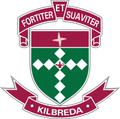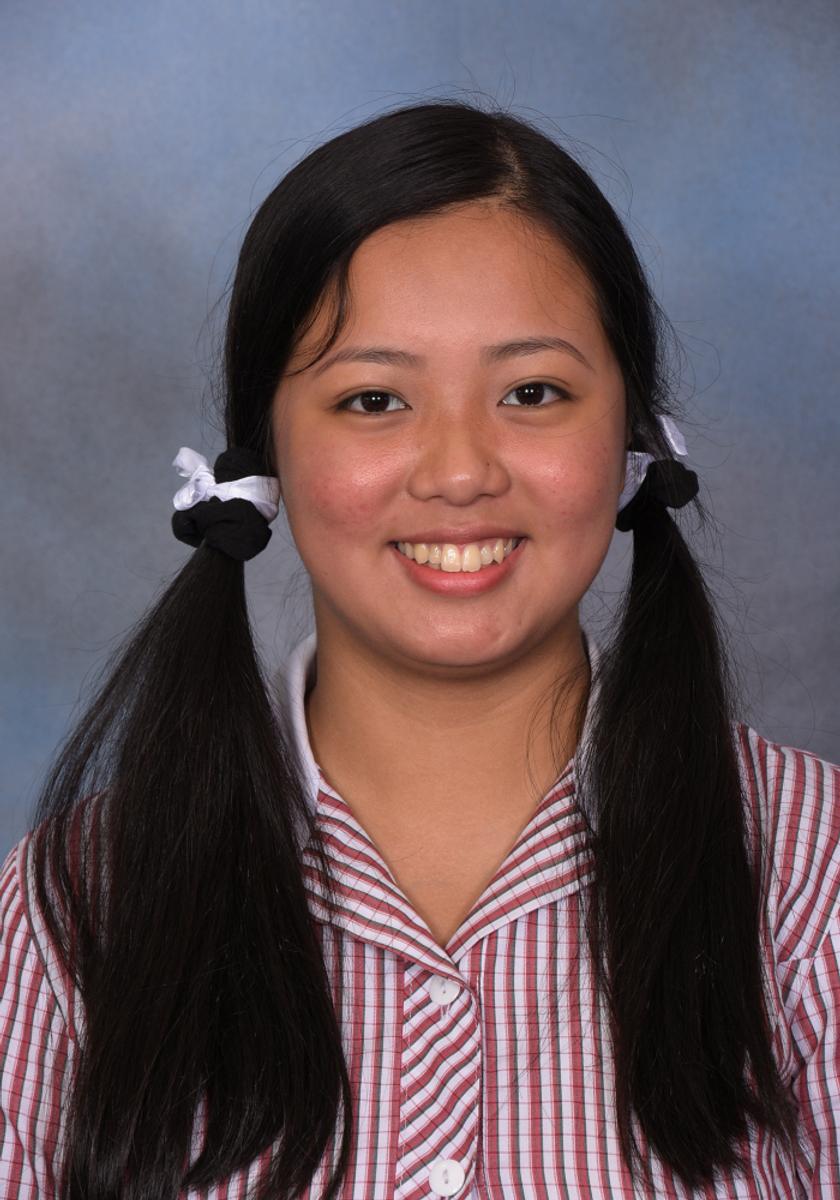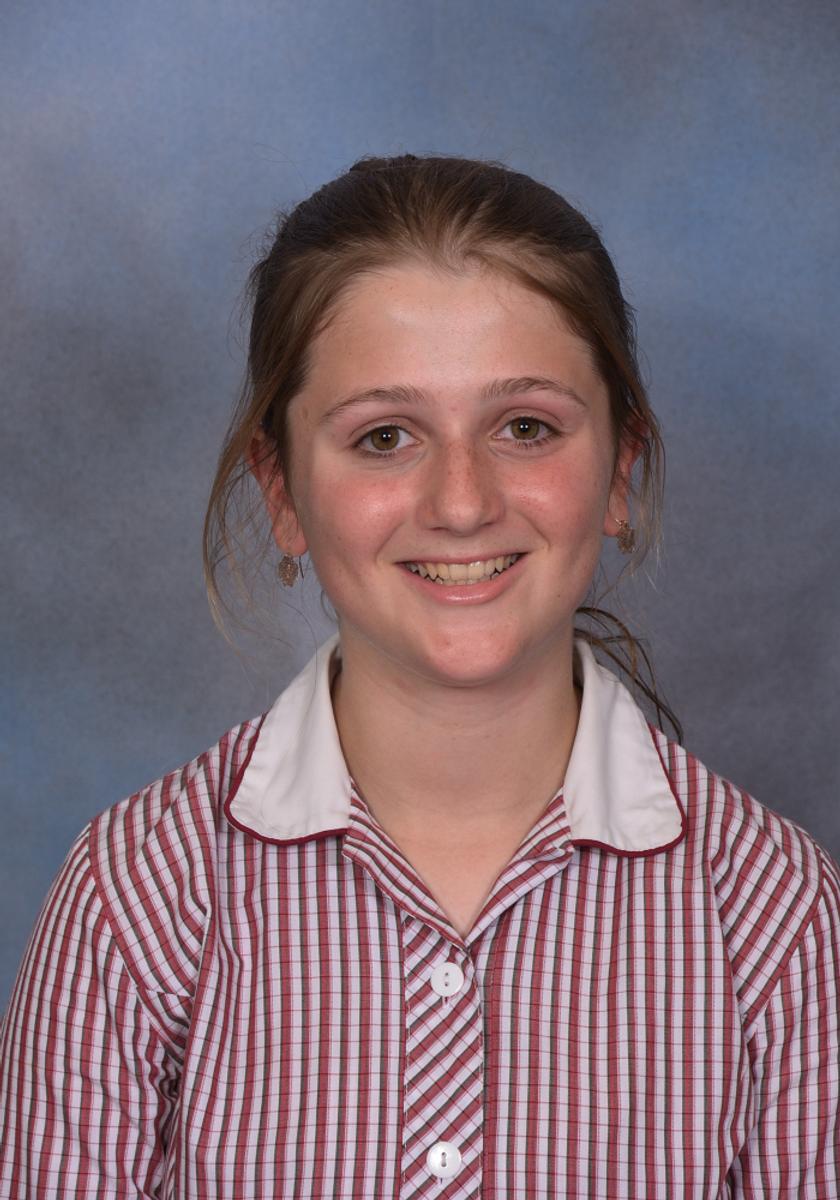English

Rotary Club Public Speaking Competition
Each year, the Rotary Club of Noble Park-Dingley hold a Public Speaking Competition which invites senior students to reflect on a given topic relevant to the organisation. For 2020, ‘Is the commitment to serve as strong as it was in 1914?’ was the focus on the speech.
Although COVID-19 derailed plans for the speeches to be presented in person, students were still invited to submit a written response, and we are very happy to share the news that Lisa Chy-Long (Year 12) has been awarded Runner Up in the competition!
The adjudicators who assessed the presentations were very impressed with Lisa’s speech and she has been invited to present it at a meeting of the Rotary Club via Zoom.
We congratulate Lisa on her efforts, particularly given the year that has been. A copy of her speech can be found below for you to read and reflect on.
2020 Kingston Libraries Story Lines Competition
Liana Kalpakoff of Year 9 received the happy news that her creative writing piece ‘Coloured Paint Cans’, was awarded second place in the 2020 'Kingston Libraries Story Lines' Competition (13 to 16 Years Age Group).
Here is what the judges had to say about Liana’s winning entry:
“A really dramatic beginning! Liana writes with a clear, direct style and achieves a good flow in her story. Her idea is creative, interesting and quite sophisticated, moving from present to past and back to the present again. She does a great job of exploring the issue of equality in a short piece of writing. Clever and entertaining. I really liked the last line "No colour is greater than the other, it's all the same brand. 'Human Being' it read on each paint can." You achieved your goal Liana, I definitely enjoyed your story!”
“This story is a wonderful allegorical tale about difference and acceptance – a clever idea and the final line is a KILLER.”
“She has an easy style of writing. She captures the idea of colour being only skin deep with the concept that we go to a factory and get our colour from different cans of paint after we are born. She returns cleverly to this image after the rescue and the reminder that we are all painted from cans with the same title 'Human being'.”
“She tackled a very tricky subject (racism) in an understandable way.”
We congratulate Liana on her efforts, what an incredible achievement. You can read 'Coloured Paint Cans' below.
Kim Elliot
Learning Leader: English
Our Commitment - Lisa Chy-Long
The commitment to serve. When you hear the words “commitment to serve”, what do you first think of? For me, I think of soldiers. Soldiers fighting in a war. Soldiers fighting in places we can’t even imagine. Nurses. Doctors. Front line men. The actions and sacrifices that they had made, were all in the effort to protect their nation and its people. We honour these men and women. We idolize their characters. And it is encoded within our Australian identity, to be people of courage, mateship and compassion.
But is this same commitment to serve as strong today as it was in 1914?
Yes, but maybe not in the way that you might think.
Back then, it was the start of global chaos. With the assassination of Archduke Franz Ferdinand and the involvement of many countries, the world was turned upside down. In this state of global turmoil, our people, the Australian people took up arms commanded by Great Britain and fought with dignity and respect for the pride of our nation.
If there was a global conflict that rivals that of World War 1 today, would our people be committed to fight?
This has been a question I have pondered for the past many months when introduced with this topic. For the patriotic and optimistic voice in my head and the desire for justice says that we would. If there were people out there in need of help, it is in my belief that we have the obligation to do so. However, the realist in me acknowledges that, there would be commitment, but the “strength” of which would be different from when it was in 1914.
It has been 106 years since World War 1 began and the people in the 21st century are well aware of the consequences and happenings of war. In 1914, war was dramatized as an avenue for adventure, a journey of exploration and a way to show our allegiance to Mother Britannia. These people were not fully aware of the consequences and horrors of war and therefore war had a positive stigma. However due to us learning about this particular part of history, we are well aware that this is not the case and that war is a very complicated and a brutal experience, with its effects transcending many generations. Therefore, I believe that due to our people being more aware of the consequences of war, we are not as committed to serve our country militarily unless when it is absolutely necessary.
Though we may not be as quick to serve our country on a military front, we are dedicated to serving our country through a humanitarian approach through aid and donations. We as Australians are known for our comradery and compassion, key characteristics stemmed from our ANZAC history. When there is trouble within and outside of our borders, we as a people have a strong desire and inclination to give aid and support. This was very much relevant this year during our Australian fires and the plight of the Coronavirus. We served our country through handing out resources, funds and the basic necessities such as food to those in need. Farmers from rural Victoria aided and sent hay to farmers in country Victoria in order to feed their animal during the fires and drought that ensued. Donations from the masses poured in to charities in aid of the people affected by these fires, to the people who lost their homes, loved ones and jobs. We stuck together through these hardships and were quick to act and that was commendable.
Presently, though the Coronavirus has kept people away from each other, there has been a spur of community initiatives, to the neighbours looking out for each other, to religious groups cooking for thousands of worshipers and the homeless and the people taking care of the most vulnerable. Not to mention, the medical staff who are on the front lines, combating the spread of the Coronavirus. We stand together in support of one another. We mutually served each other.
This serving of the masses correlates to the people left behind in mainland Australia during World War 1. The people who remained, whilst the soldiers went to war, supported the war effort through creating machinery, sending goods, resources and clothes to the soldiers in the trenches and keeping the economy running. The people at home came together to support one goal as do we today.
In our comradery and compassion for human life, we stand together in support of one another in the pursuit to vanquish the adversities that are brought to us. It is in our nature and these characteristics that stemmed from our ANZAC identity and have been ever present and will continue to present itself in the future to come.
Lisa-Chy Long
Year 12
Coloured Paint Cans - Liana Kalpakoff
A police officer in a blue hood hurled his body at the innocent young man, screams and pleas poured into my ears until I could no longer think. I summoned all my strength to save the young man from the iron fists of racism!
----------------------------------------------------------------------
When I was born I was dazzled by a white light, a kind woman with chestnut hair beamed at me. She handed me to an equally as joyful man and exclaimed between tears, “Look how wonderful she is, we shall call her Audrey!”
Soon a nurse entered the room, she spoke calmly to my parents, “What a lovely bundle of joy she is! I suppose she is ready to be admitted to the paint factory?”
I and other newborn babies were gently placed into a vehicle embarking on the first adventure of our lives.
I soon arrived at a large bright building, where dozens of prams were wheeled into factory rooms. I was stunned at the sight of giggling babies dripping in every shade of paint. Excitement engulfed my body as I was placed in the quaint waiting room. The boy next to me blurted,
“What colour do you think you’ll be painted”?
I pondered on this thought and replied:
“Hmmm… Well the same as you we are both babies after all”.
He grinned,
“I’m James!”
I responded blissfully,
“I’m Audrey, nice to meet you”.
Shortly after another nurse lifted both James and I and placed us into the paint machine.
Slip, Slop, Slap.
James was dripping in a stunning deep brown paint.
A coat of white paint layered my skin, a colour I thought was just alright, no better than James’s. We were both the same before and after the colour came.
----------------------------------------------------------------------
Many years had passed since my paint had been applied. I live happily and safely with my family and have had opportunities galore!
Though today I find myself at a protest for coloured women and men. Amongst protesters, we share the view of equal rights and treatment for all. When I turned my head I caught a glimpse of James, my friend I had met so many years ago. I swerved between crowds rushing to greet him. However, our encounter was held to a halt when a police officer in a blue hood pushed him to the ground. The police officer howled,
“A dangerous man! Look out!”
I pulled James away from the police officer’s grasp and hurried him to a shady area.
James gasped,
“Audrey it’s you, thank you!”
I cried, “James why did the police officer do such a thing to you!”
He sighed, “I’m just not quite white”.
Dismay washed over me. At this moment I promised myself I wouldn’t allow James or anyone else to experience such a violation to their humanity.
Because if you rub off the paint we are all the same. No paint colour is greater than the other, it’s all the same brand.
‘Human being’ it read on each paint can.
Liana Kalpakoff
Year 9


